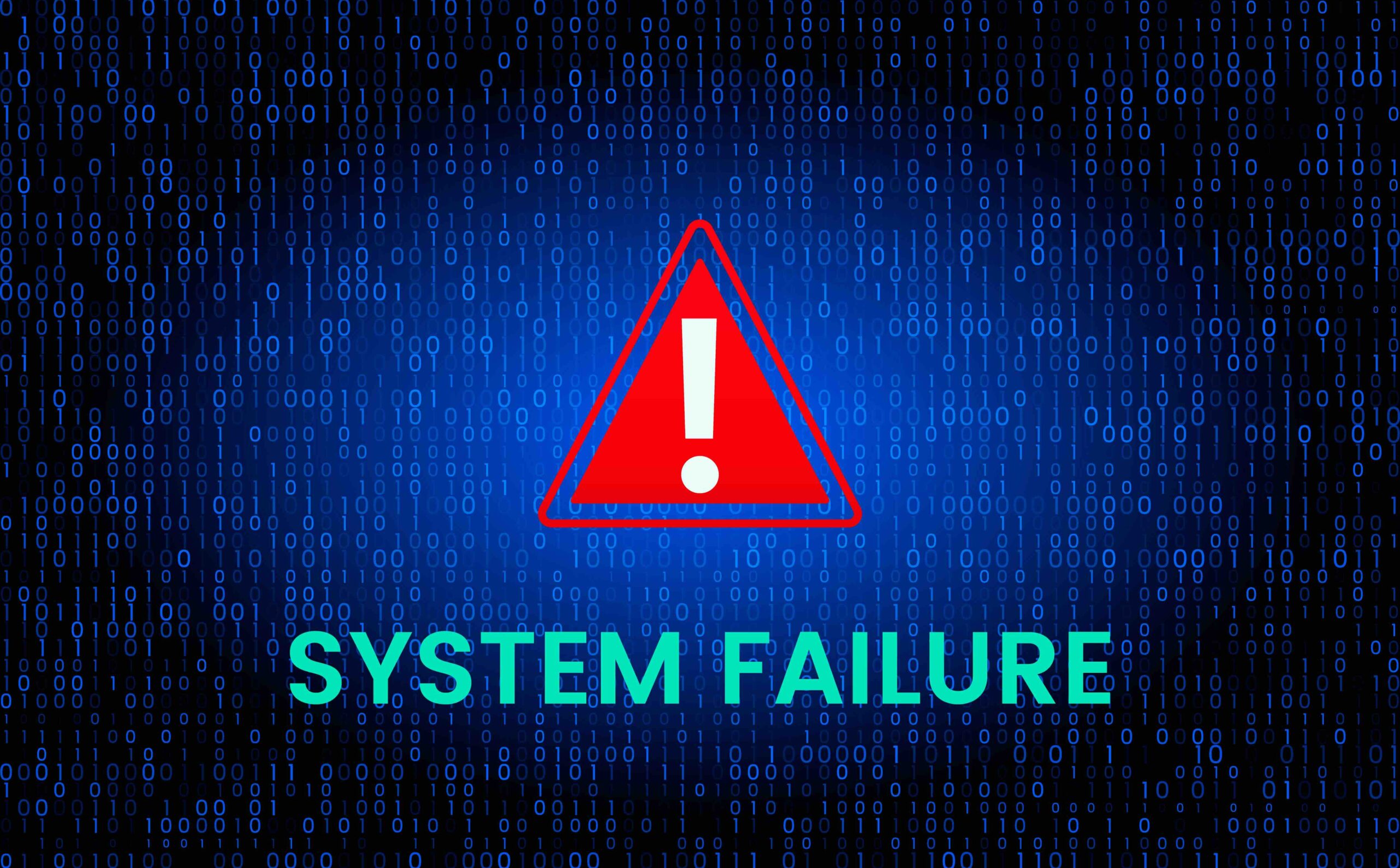Our residential aged care system is a national disgrace. The corporatisation of aged care unleashed by the Aged Care Act in 1997 has been an abject failure. Our government now spends some $20bn a year on aged care. Yet, without financial transparency, we don’t know if providers spend government subsidies on direct care of residents or executive salaries.
The problems plaguing aged care homes are not new. Residential aged care was failing long before coronavirus. The pandemic has merely highlighted the systemic problems.
The horror story now unfolding in Victoria would have been prevented if governments over the years had listened to complaints from residents, relatives and staff, read the 8,600 submissions to the royal commission, or listened to the heartfelt testimonies. Both Coalition and Labor governments have ignored recommendations from numerous inquiries and rejected the research evidence.
Over the past decade, a pattern has emerged. For a short time the media focuses on the abuse, neglect and poor standards of care in aged care homes. Each time aged care is in the headlines, the federal government responds with an announcement of a new inquiry, review or taskforce. And then the media looks away.
The release last October of the royal commission into aged care quality and safety’s 700-page interim report, Neglect, created a mainstream and social media storm. Aged care provider peak bodies, the health department, the Aged Care Quality and Safety Commission and the government weathered the storm. A week or so later, they all went back to business as usual.
Before that it was the tragedy of Oakden Older Persons Mental Health Service in 2017. There were shocking reports of overmedication of residents, aggressive restraint practices and appalling hygiene standards. A resident died from head and neck injuries after being attacked in his room. How had Oakden passed three accreditations during the previous nine years, despite relatives’ ongoing allegations of poor standards of care?
After Oakden, the federal government announced the review of national aged care quality regulatory processes. After ABC Four Corners’ 2018 exposé of aged care, Aged Care: Who Cares, the government announced the royal commission. Both announcements were a knee-jerk response to the media spotlight.
So it’s not surprising that the federal government’s response to the current media storm is to announce the Victorian Aged Care Response Centre. The government had to be seen to be doing something.
For many residents this announcement is too little, far too late.
Over the past six months relatives have written to Richard Colbeck, the minister for aged care, to express their concerns about complete lockdowns. They were afraid residents would die of neglect, not Covid-19. Staff also wrote to inform Colbeck about the lack of clinically trained colleagues. They simply did not have the capacity to treat residents with Covid-19 on site. They also complained about the quality of the infection control training. A 10-minute video was inadequate training on how to put on PPE and, more importantly, how to take it off.
On 13 April Colbeck said: “As unlikely as it might be, we have plans in place for worst-case scenarios where an outbreak in aged care facilities mean local staff are unable to continue to provide care due to an infection in the service.” Yet doctors claim the aged care system in Victoria is on the verge of collapse, despite the government giving $5.77m to Mable and $15m to Aspen Medical to provide a “surge workforce”.
Colbeck took the time to announce $10m funding to Fox Sports to broadcast under-represented sports. He has not, however, acknowledged the personal tragedy in aged care homes with a plan of action that meets the needs of the bereaved and prevents future tragedies.
There are now about 66 aged care homes in Victoria with Covid-19 cases. With more than 200 residents infected, it has been estimated that 40% of them will die in coming days and weeks. So at least 80 deaths are imminent. This is four times as many who died in the Sydney aged care home Newmarch House earlier this year.
A special commission of inquiry into the Ruby Princess was established in New South Wales after the cruise ship debacle. But there was no such inquiry into the deaths at Newmarch House. Instead the Aged Care Quality and Safety Commission launched an online survey asking all providers to declare if their home was prepared for an outbreak.
Providers have an appalling track record of self-reporting. In 2015, for example, it was reported that one in eight claims for government subsidies were exaggerated. The regulator should have known not to trust the results of a self-reported survey.
Every time I hear about another resident in an aged care home dying alone in isolation because she is infected with Covid-19, I see my late mother’s face. This could have been her and it breaks my heart to know what all the relatives are going through when it was all so avoidable.
Sooner rather than later, the government and the regulator need to explain to all of us how this heart-breaking tragedy – that many of us predicted – occurred on their watch.
First published in The Guardian 27 July 2020
